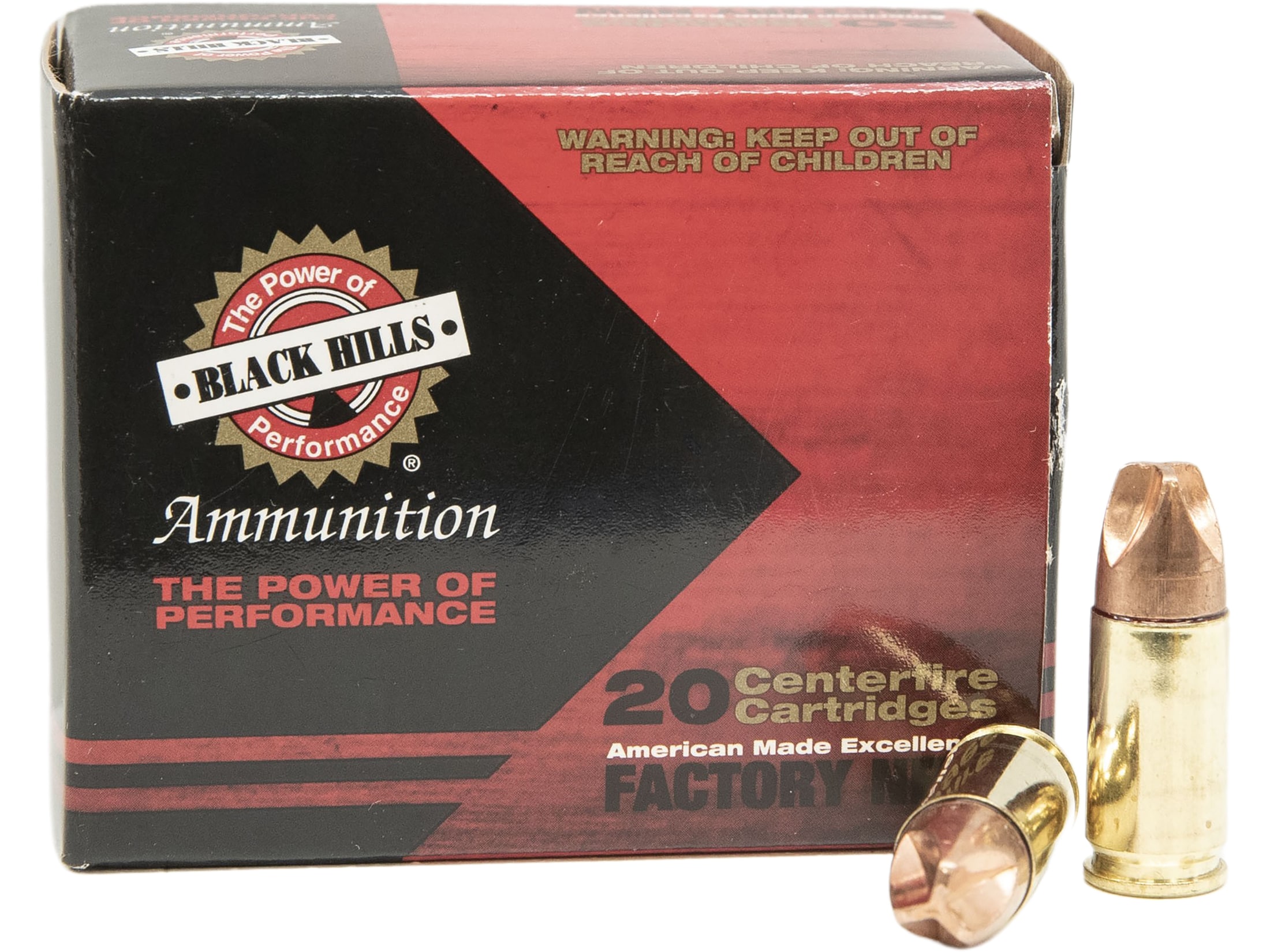

Through the years I’ve come to realize that if you want a certain type of ammo to exist, all you have to do is tell Hornadythat it can’t be done. This has always been the reason the design was never completely welcomed for defensive ammunition. Of course, if velocity is reduced too much, expansion might suffer.
Hornady subsonic 9mm ammo crack#
Just take a heavy bullet and pair it with a light powder charge and you can easily stay under the speed of sound and thwart the ear-piercing crack of a sonic boom. Now no ammunition is guaranteed as safe to fire without ear protection, especially in an indoor setting, but going subsonic might just be the difference between temporary and permanent hearing damage. There is one thing you can take to the bank though…you likely won’t have ear protection on. In short, there is very little that you can count on. The location, the time, or even the specific threat is going to present itself at complete random.

Hornady is also the developer of the popular 17 HMR and 17 HM2 rimfire cartridges, popular for small game and varmint hunting.A defensive shooting situation is anything but predictable. This culminated to the 2002 development of something totally new to the Hornady family of bullets, the 17 Hornady Magnum Rimfire, or HMR. This development garnered attention from gun manufacturers that wanted to chamber their firearms for maximum performance. Continuing on the quest for better bullets, Hornady Bullets worked closely with propellant manufacturers to produce high powered, high velocity rounds without increasing the pressure.
Hornady subsonic 9mm ammo full#
Using research started by the US Army, the Hornady ballistics lab helped develop a bullet with a more aerodynamically efficient ogive that became the signature profile of Hornady bullets.īy the end of the 20th century, Hornady Bullets had grown from the garage in Nebraska to a full ammunition component manufacturer. Hornady kept growing and soon began to focus on revolutionizing the ammunition market. Hornady continued to grow and in 1971 acquired the Pacific Tool Company, moving the operation closer to home and developed the 105 Shotshell press. After the war, the technology developed for these alternative products was used to make ultra-thin copper jackets for the Hornady varmint ammunition. Hornady quickly secured contracts to produce other products like condenser cans for the government. The Hornady business grew until stalling due to shortages caused by The Korean War. Speer eventually left the partnership and Hornady began producing 30 caliber bullets in a rented garage in Grand Island, Nebraska – still one of the most popular Hornady bullets for sale today.

They advertised nationally and the bullets quickly became popular.

Hornady partnered with Vernon Speer and developed a machine that converted used 22 rimfire cases into bullet jackets and then into bullets. While cheap and easily available, military ammo lacked the performance and accuracy competition shooters and big game hunters demanded. After the war the majority of ammunition used by hunters and shooters was military surplus ammo. With popular ammo for both hunting and self defense, Hornady ammos continue to introduce new products to its already stellar line-up.Joyce Hornady founded Hornady in 1949 out of nothing more than a desire to build himself a better bullet. Since then, Hornady has been growing and expanding its plant in Grand Island, Nebraska.


 0 kommentar(er)
0 kommentar(er)
